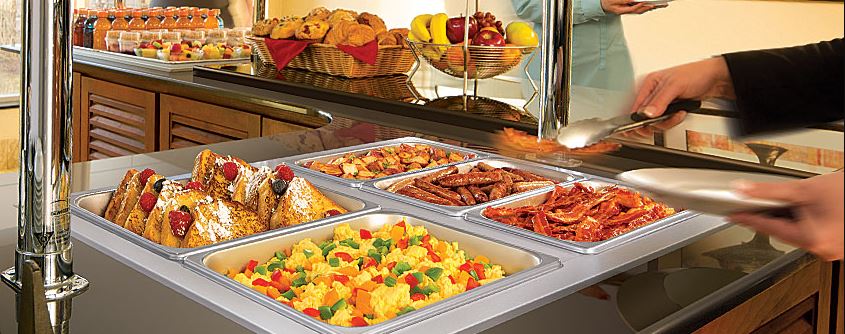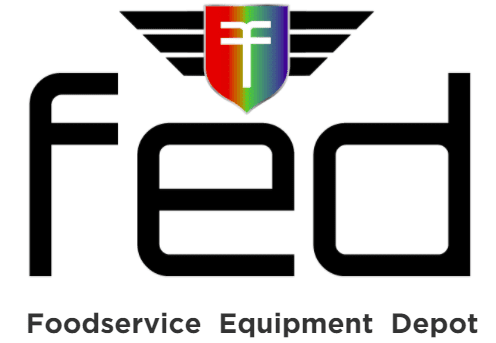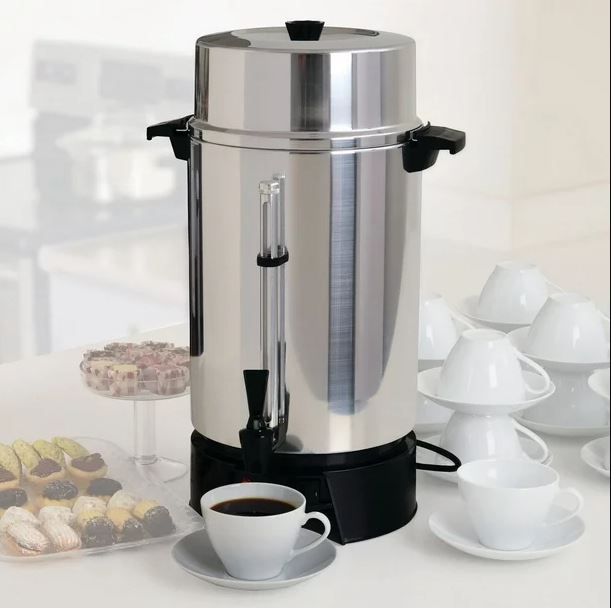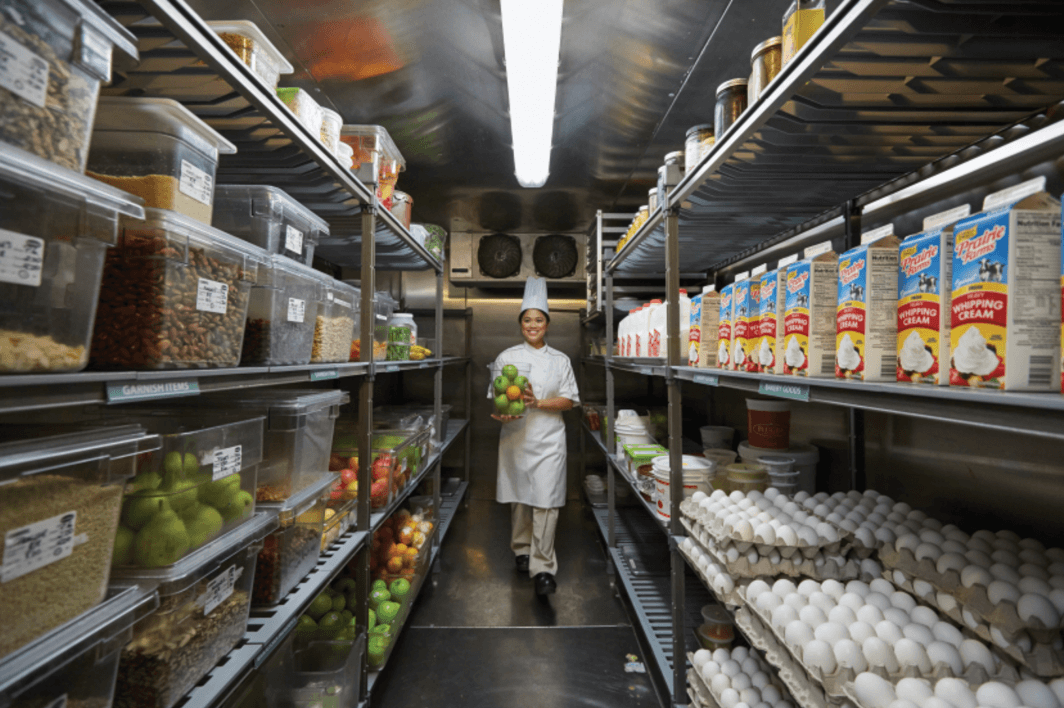
Warm and Ready: The Convenience of Stainless Steel Food Warmers
Maintaining food at the ideal serving temperature is crucial in the hectic world of restaurant kitchens and catering services. Here come stainless steel food warmers, the unsung heroes of the food service sector that provide unmatched dependability and ease in keeping food warm and fresh. Let’s examine how these adaptable










